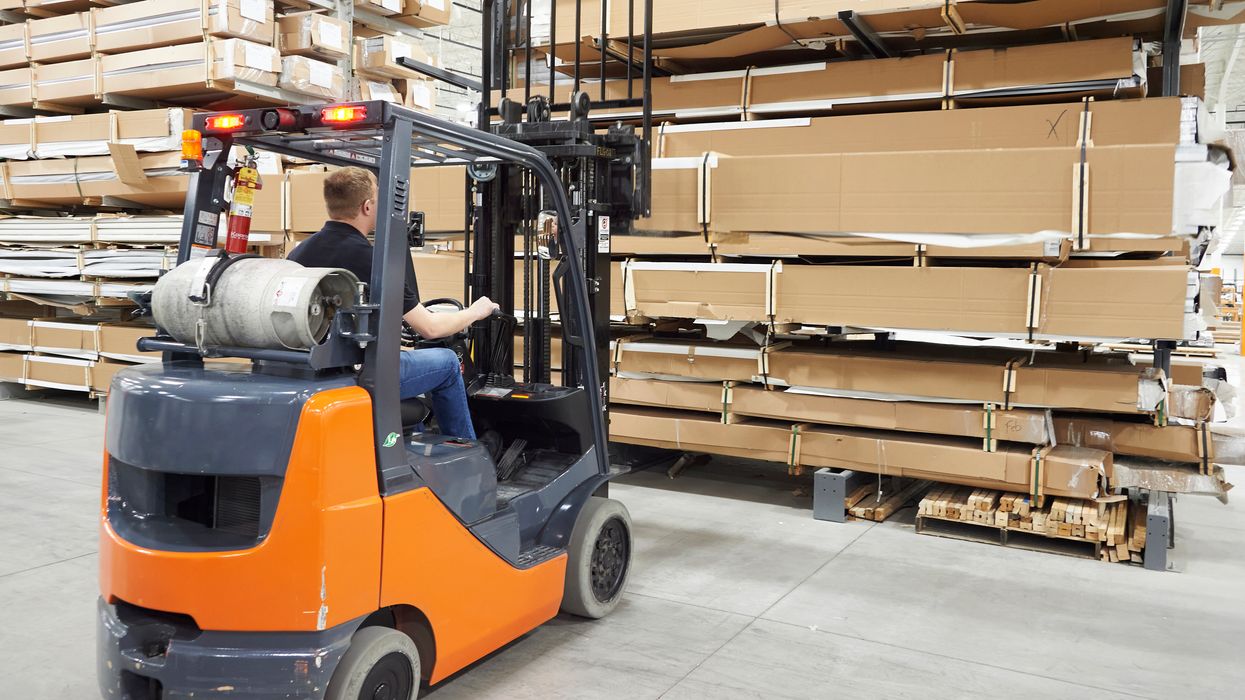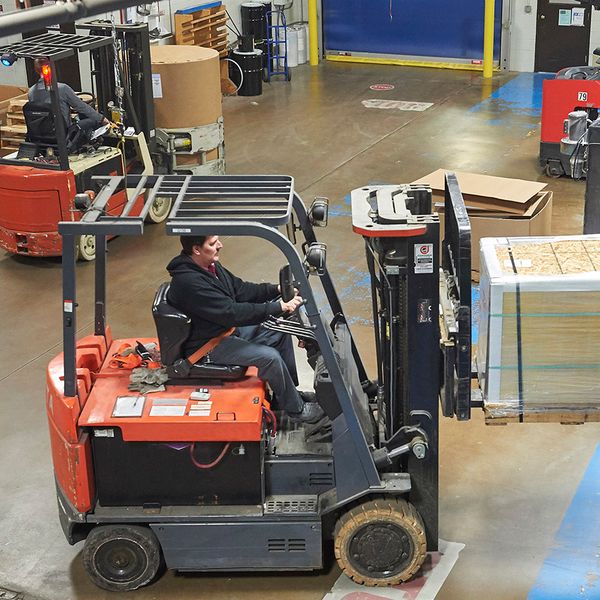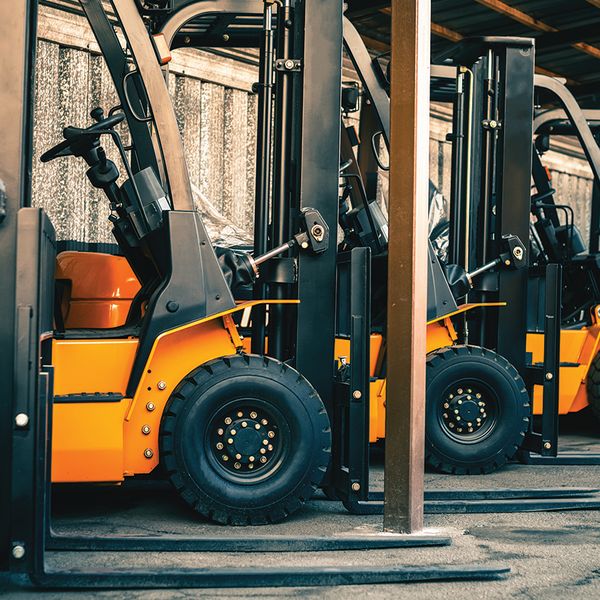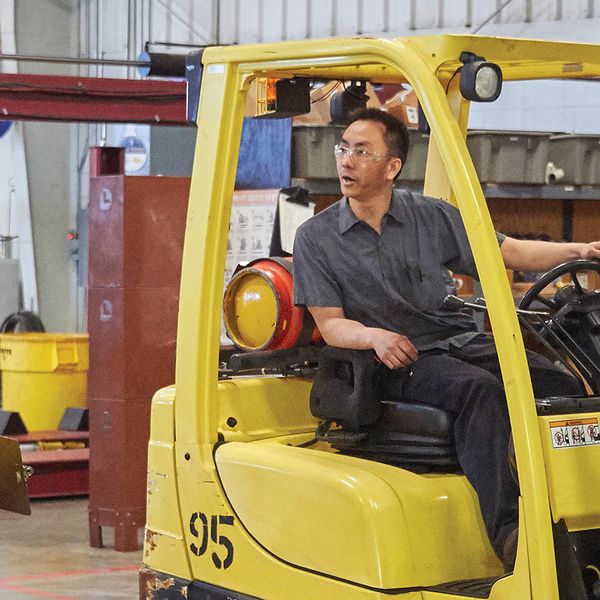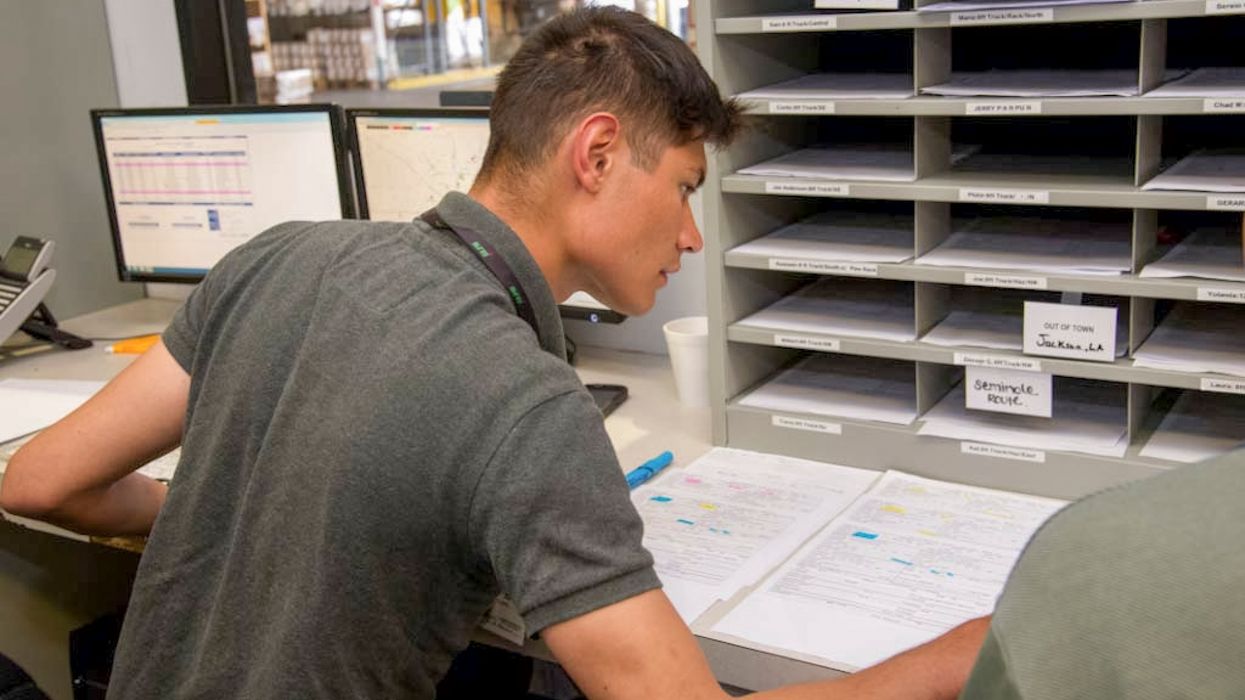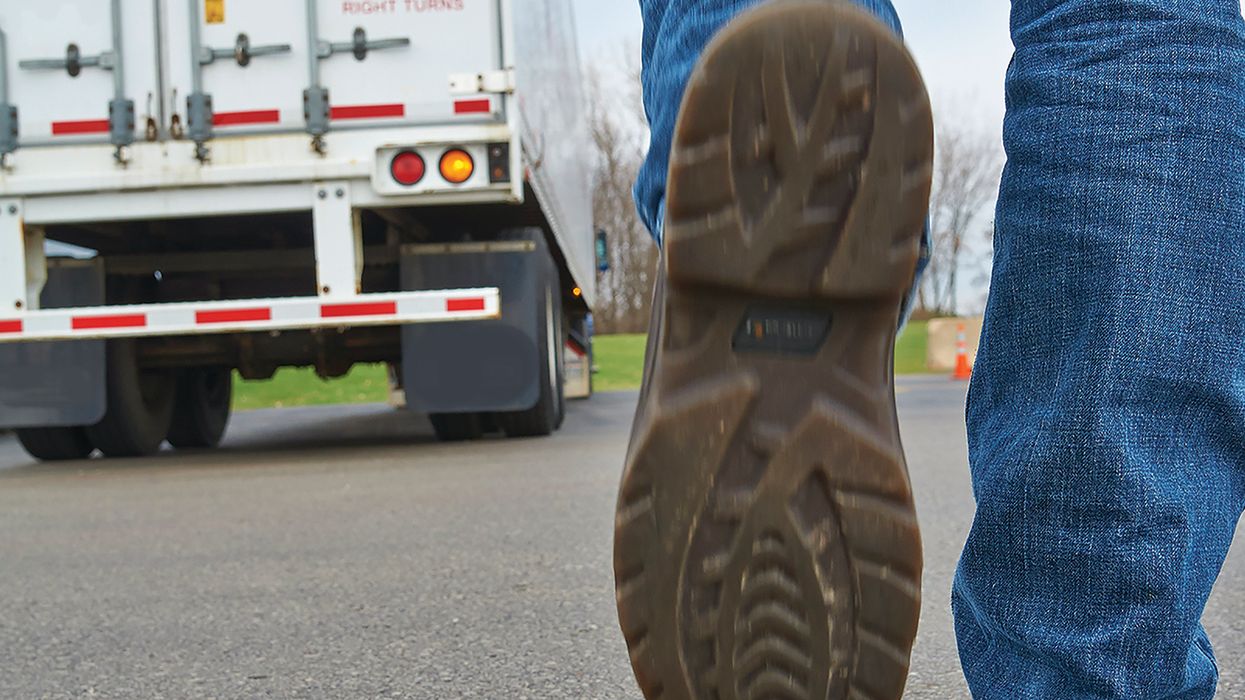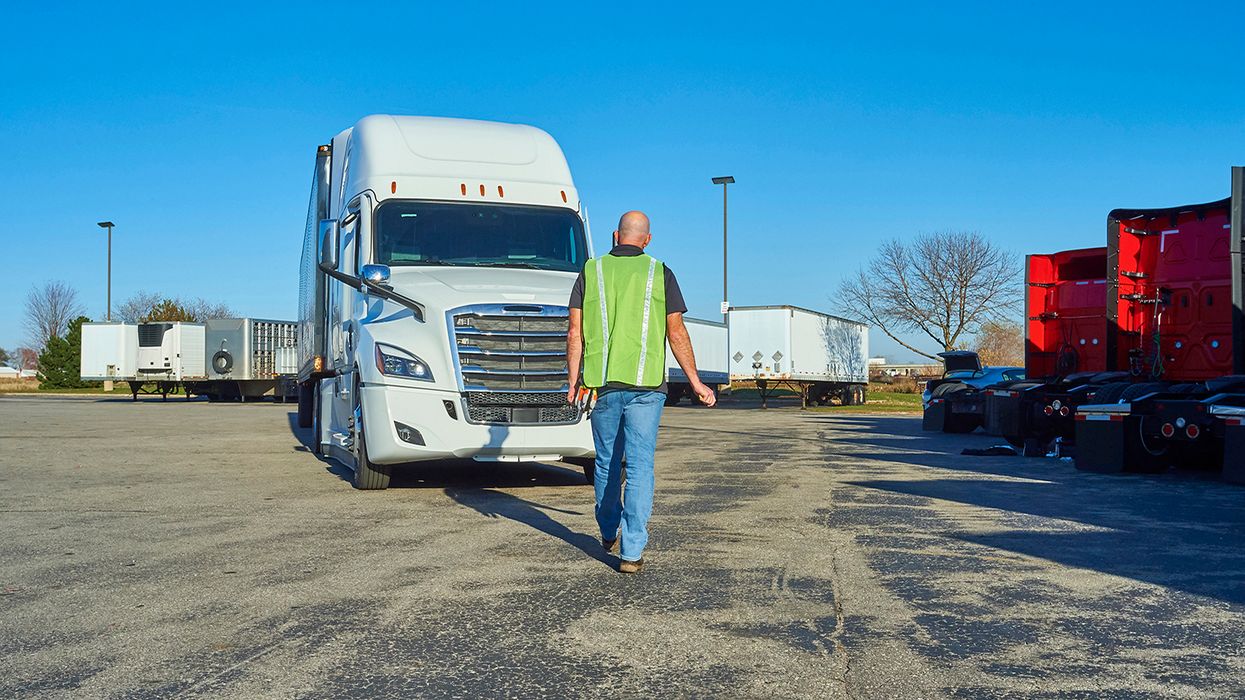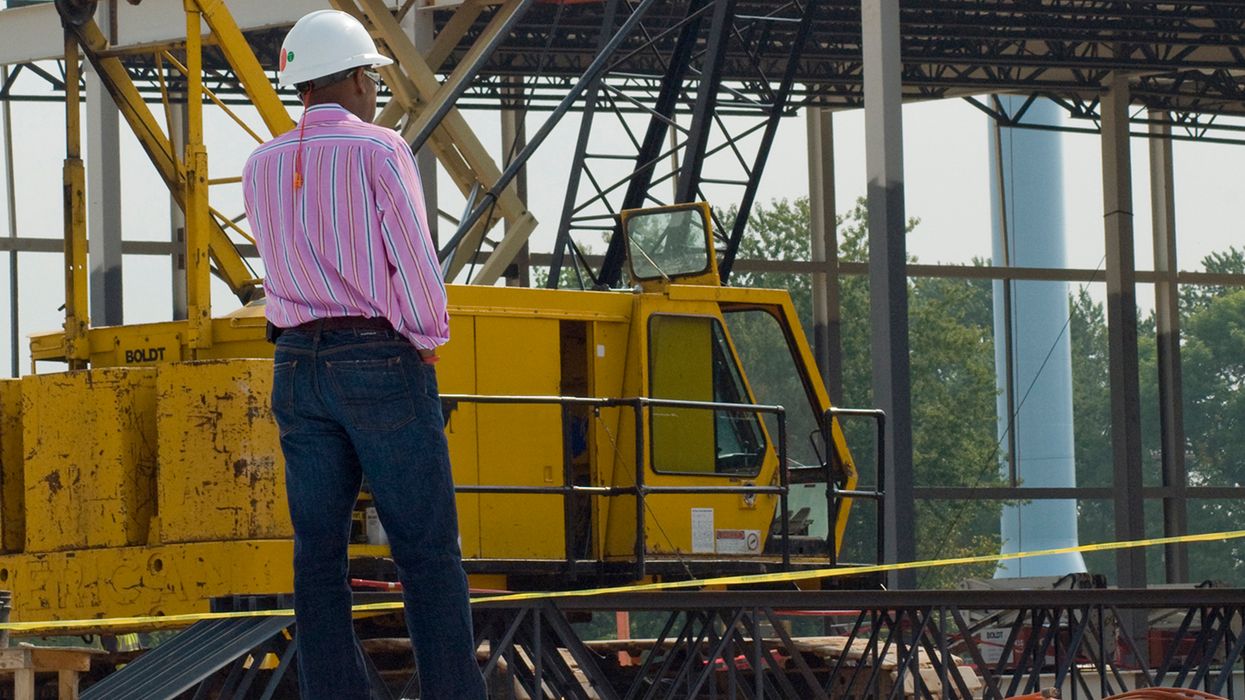How technology is improving forklift safety across industries
What if forklifts could prevent accidents before they even occur? Thanks to advances in technology, this is quickly becoming a reality that safety managers need to understand. According to OSHA, up to 62,000 forklift injuries occur annually, with an estimated eighty-five fatalities per year. Fortunately, advancements in technology can improve forklift safety and regulatory compliance. Here’s how employers and forklift manufacturers are using technology to reduce accidents and enhance efficiency:
1. Smart sensors and collision avoidance systems:
One of the most significant forklift safety advancements is using smart sensors and avoidance systems. Modern forklifts equipped with sensors, cameras, and radars can now detect structures, pedestrians, and other lifts in real-time. Like today’s vehicles, advanced systems include automatic braking, which stops the forklift before a collision occurs.
2. Telematics and real-time monitoring:
Telematics systems have revolutionized forklift compliance by providing real-time data on vehicle usage, operator behaviors, and maintenance needs. These systems can track key metrics like speed, inspection data, impact events, and seatbelt use. Telematics can also identify unsafe driving habits, allowing employers to deliver targeted training programs to improve operator behaviors.
Additionally, telematics helps employers by better preparing them to investigate forklift incidents when no witnesses or camera footage exists. It does this by providing information like where on the lift the impact occurred. The system can also lock the lift down in the spot where the incident occurred, notify supervisors, and provide the speed at which the operator was going.
3. Virtual reality (VR) simulators:
Simulators have transformed how employers can deliver training by allowing forklift operators to practice in a risk-free environment. Simulators can recreate real-world scenarios such as navigating tight spaces, managing different loads, and learning the exact controls of the lift they will operate. Additionally, e-learning platforms provide interactive training modules that ensure operators stay updated on regulations and best practices.
4. Load stability and weight sensors:
Modern forklifts with advanced weight sensors and stability control systems help prevent unsafe lifting practices. These systems provide real-time feedback to operators, alerting them if a load exceeds the forklift’s weight capacity or is improperly balanced. Modern lifts even have load leveling technology that adjusts the forks to ensure a stable and secure lift.
5. Digital checklist and compliance automation:
Technology has streamlined forklift inspections and regulatory compliance through digital checklists and automated reporting. Mobile apps and onboarding systems allow operators to complete pre-shift inspections accurately and retain the record without hanging on to paper copies. Compliance automation can also send alerts to inform the employer when an operator’s license is expiring, or when issues arise during a pre-shift inspection. This technology can even enable employers to distribute operator-assigned key cards, allowing operators to access only lifts on which they have received training and certification.
As technology continues to evolve, forklift safety will only improve. Companies that invest in these advancements put themselves in a position to reduce downtime, lower insurance costs, and improve overall productivity. So, embrace innovation; it is a step toward a safer and more productive workplace.
Key to remember: Technology can help operators prevent collisions, improve operator skills, simplify record-keeping, and keep businesses compliant.

